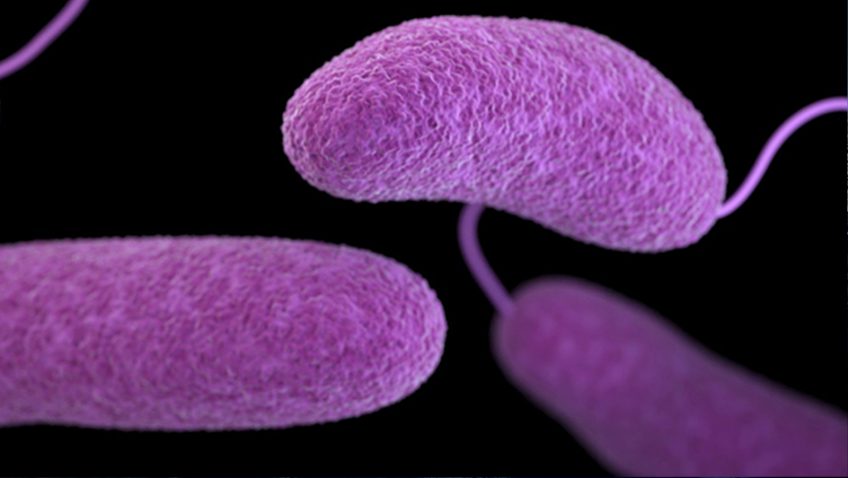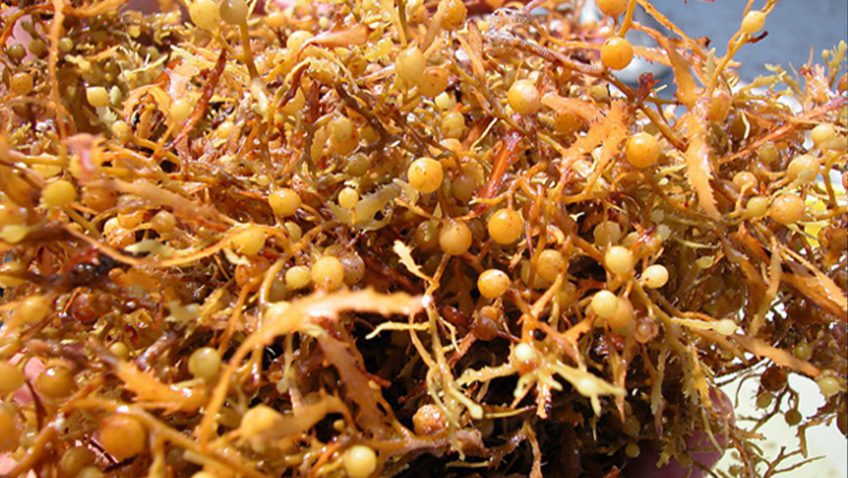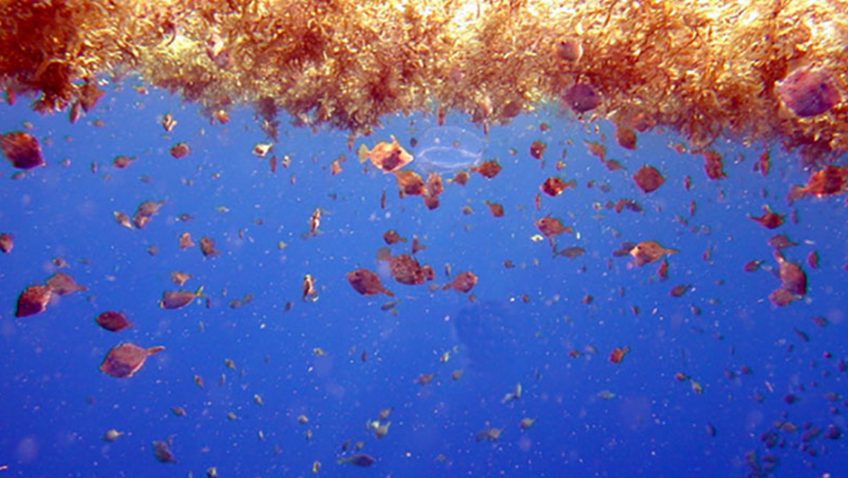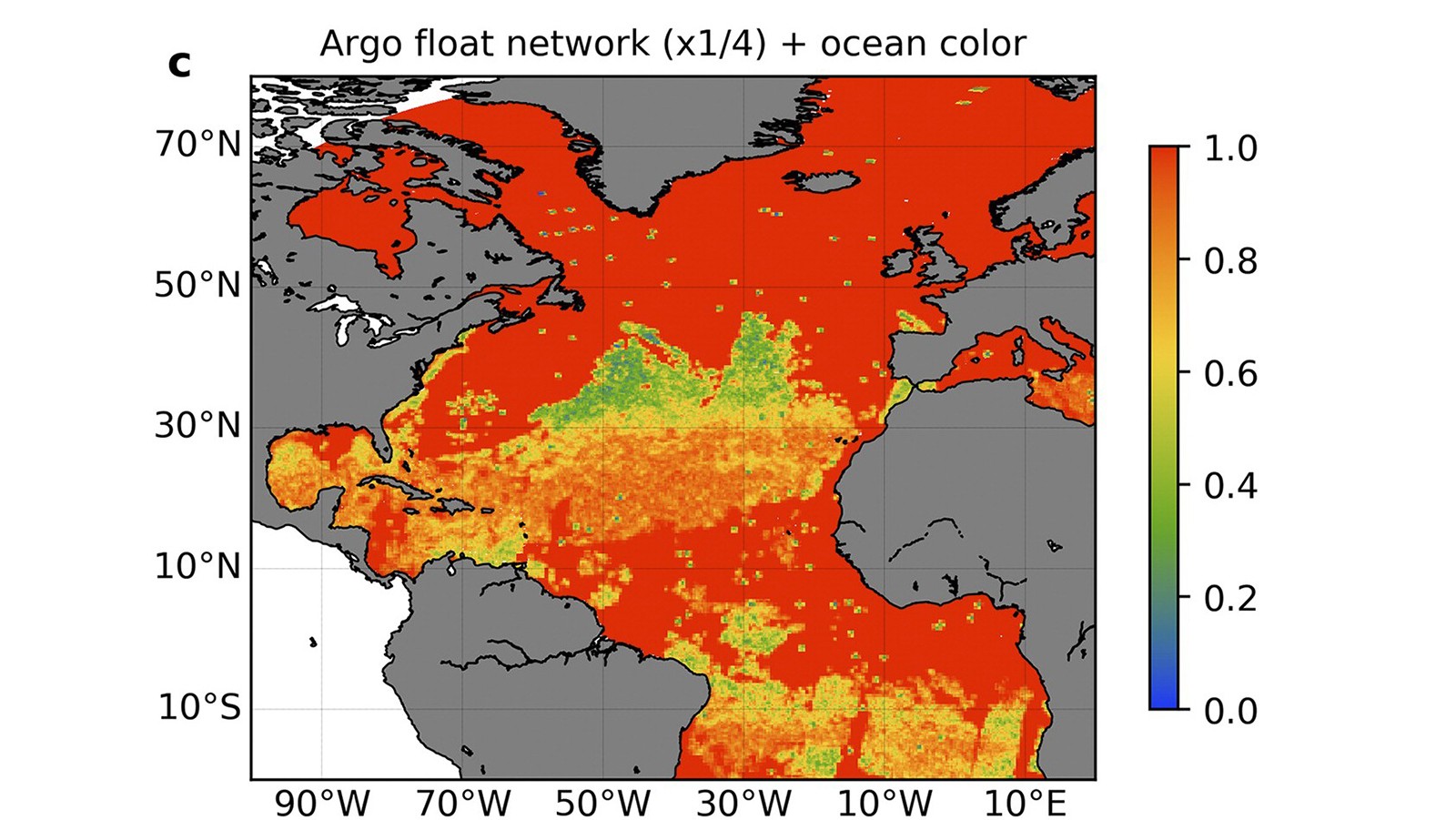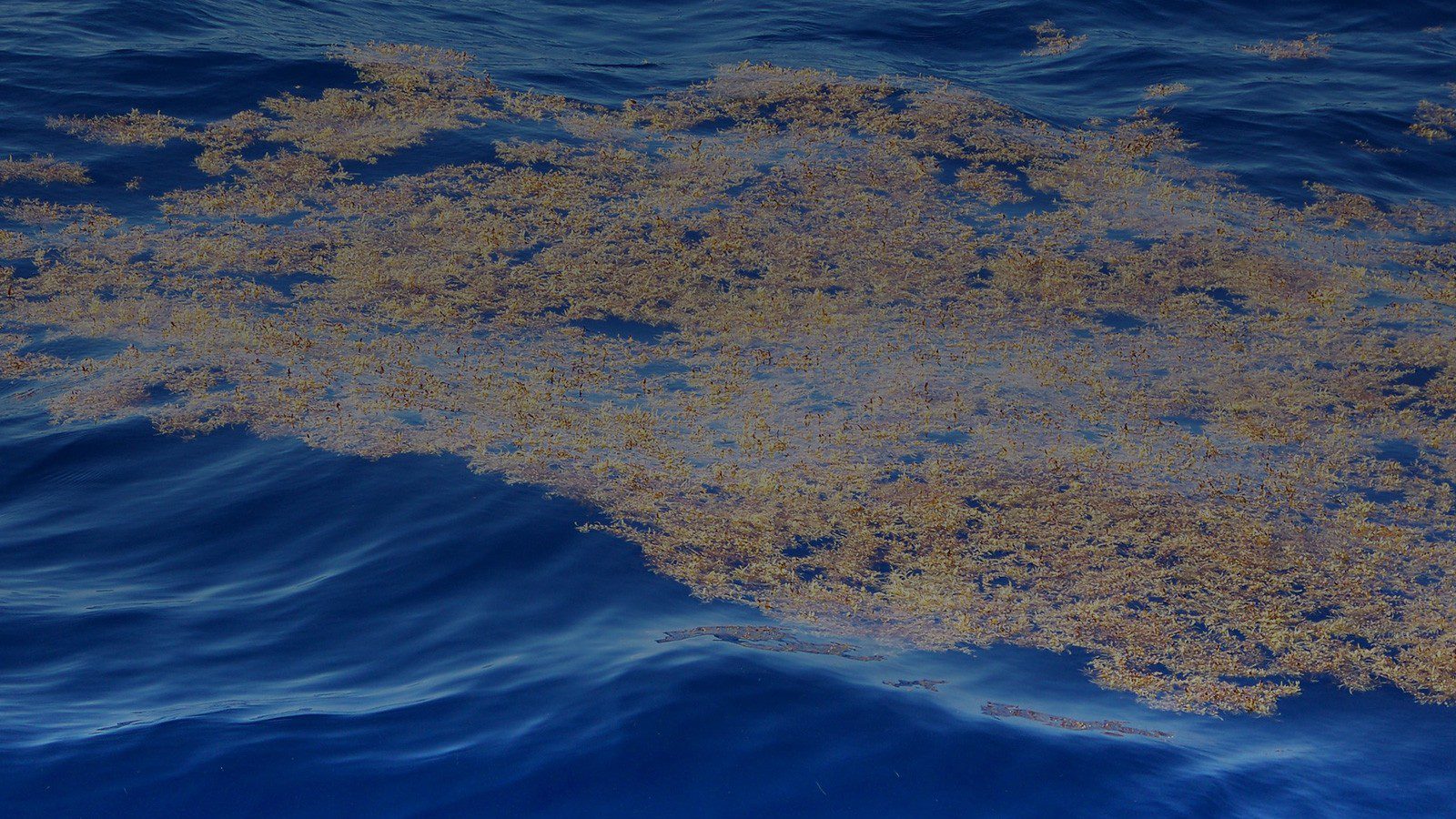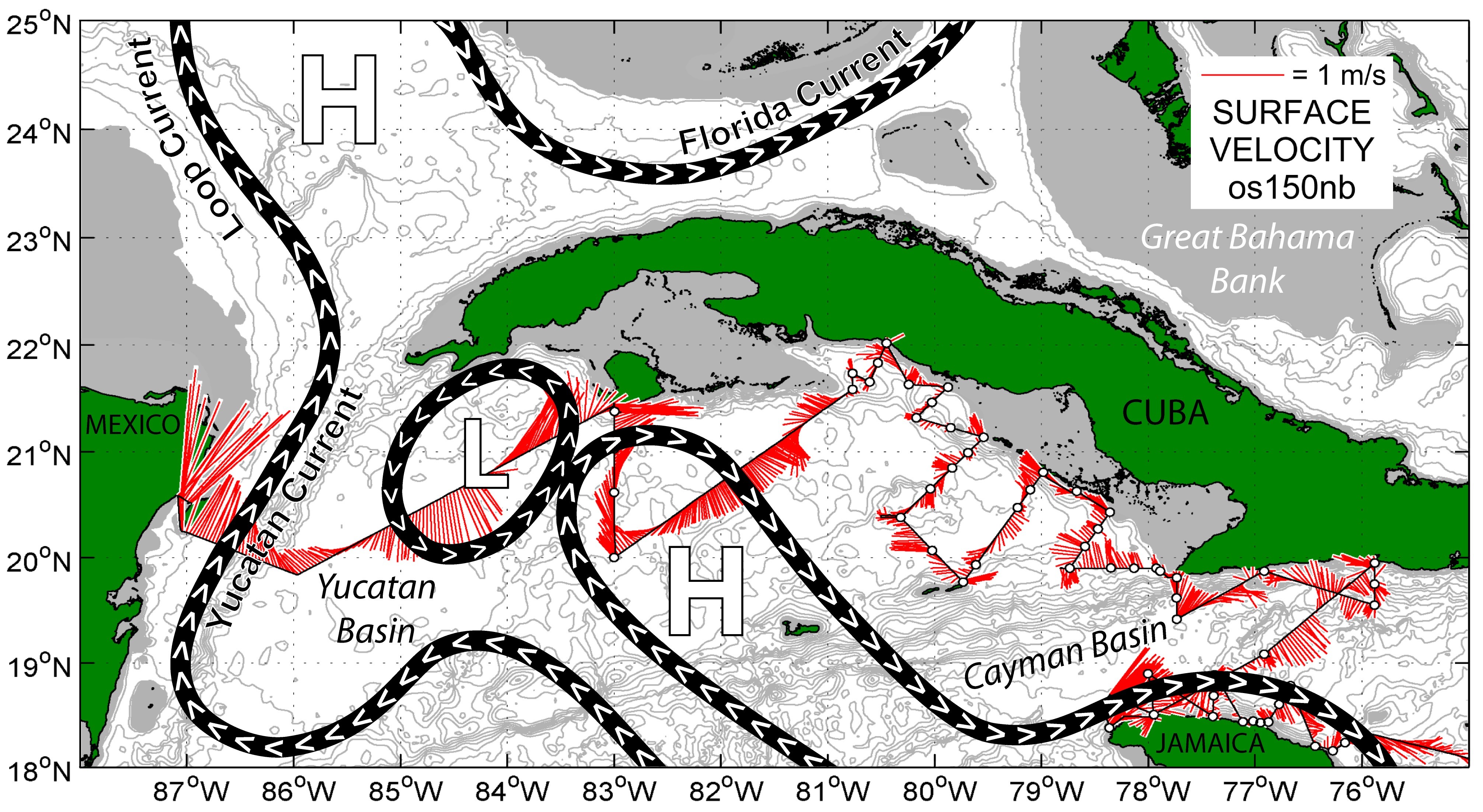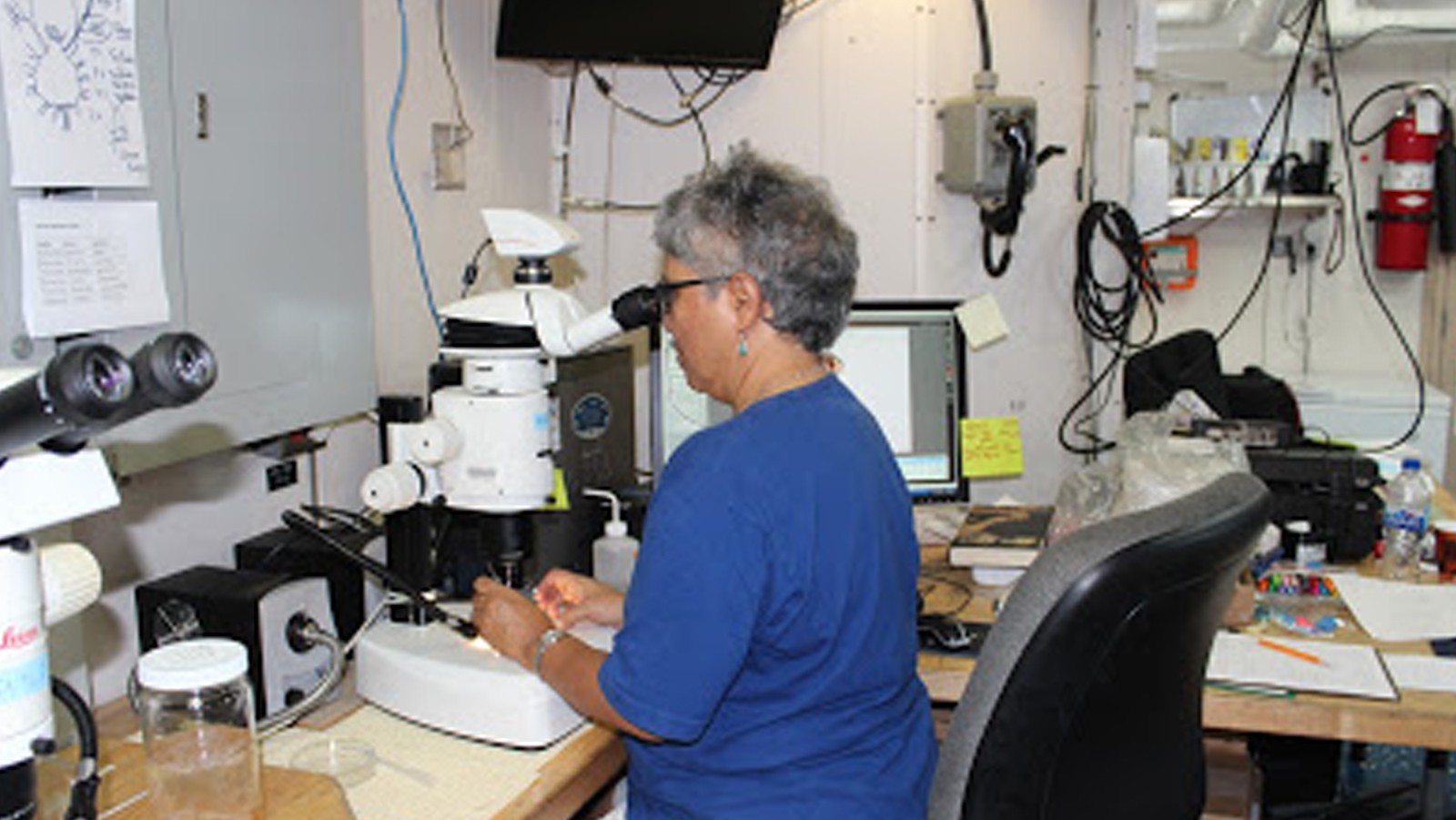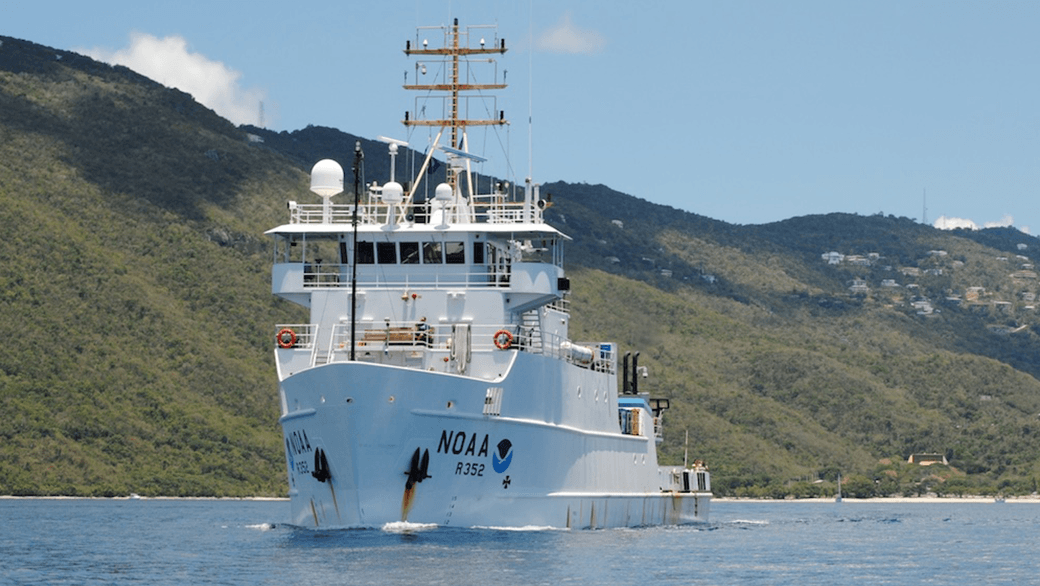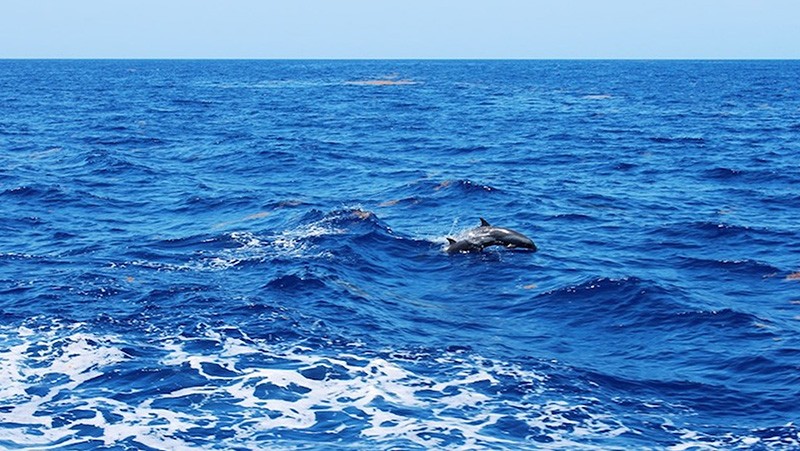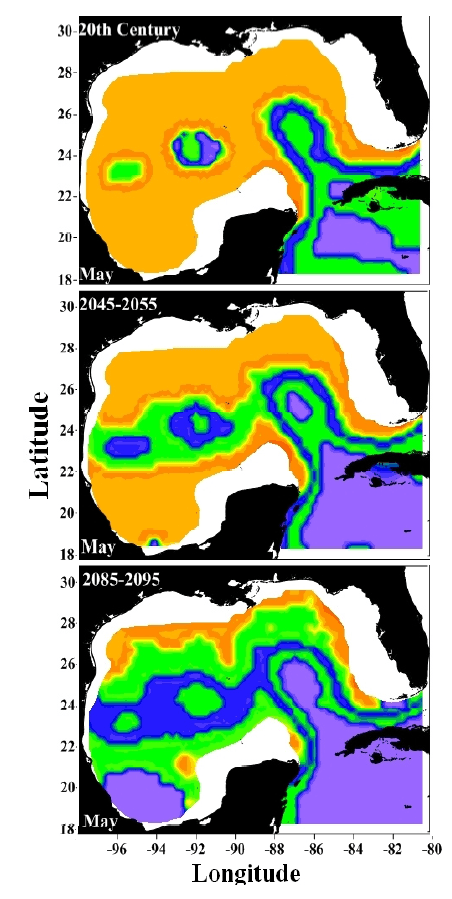Does the Risk of Vibrio Infection Increase in a Warming Planet?
In a recent study published in Lancet Planetary Health, Joaquin Trinanes, a scientist at NOAA’s Atlantic Oceanographic Meteorological Laboratory (AOML), uses a new generation of climate, population, and socioeconomic projections to map future scenarios of distribution and season suitability for the pathogenic bacteria, Vibrio. For the first time, a global estimate of the population at risk of vibriosis for different time periods is provided.
